Financial institutions are facing an unprecedented surge in consumer fraud, with new schemes and regulatory expectations emerging at a rapid pace. The Federal Reserve System’s latest Consumer Compliance Outlook (Second Issue 2025) provides critical insights into the evolving landscape of check fraud, confidence scams, payment fraud, and cybersecurity risks. This article distills the most important takeaways for compliance professionals, offering actionable strategies to protect your institution and your customers.
NETBankAudit experts have over 25 years of experience in consumer compliance audits and fraud risk management. If you have any questions after reading this guide, please reach out to our team.
Rising Fraud Losses: The Urgent Need for Enhanced Controls
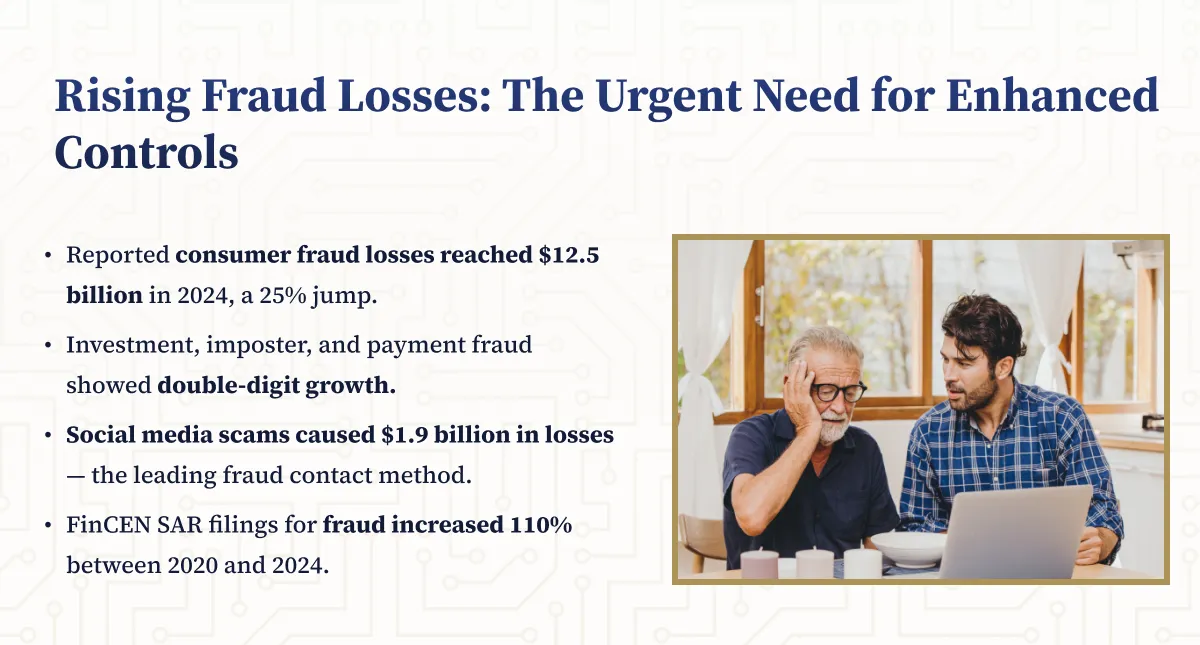
Fraud Losses Are Escalating Across All Categories
The 2024 annual report from the Federal Trade Commission’s Consumer Sentinel Network paints a stark picture: total reported losses from consumer fraud reached $12.5 billion, a 25% increase from the previous year. Investment scams, imposter scams, and bank transfer/payment fraud all saw double-digit percentage increases. Notably, social media scams accounted for $1.9 billion in losses, making them the top method of consumer contact for fraudsters.
These figures likely understate the true scale of the problem, as many incidents go unreported. Data from the Financial Crimes Enforcement Network (FinCEN) further confirms the trend, with a 110% increase in Suspicious Activity Reports (SARs) for fraud between 2020 and 2024.
Check Fraud Remains a Persistent Threat
Despite the decline in check usage, check fraud continues to be a major concern. According to the Association of Financial Professionals, 63% of organizations experienced attempted or actual check fraud in 2024. The Federal Reserve processed nearly 3 billion commercial checks and 36 million government checks in 2024, underscoring the ongoing risk.
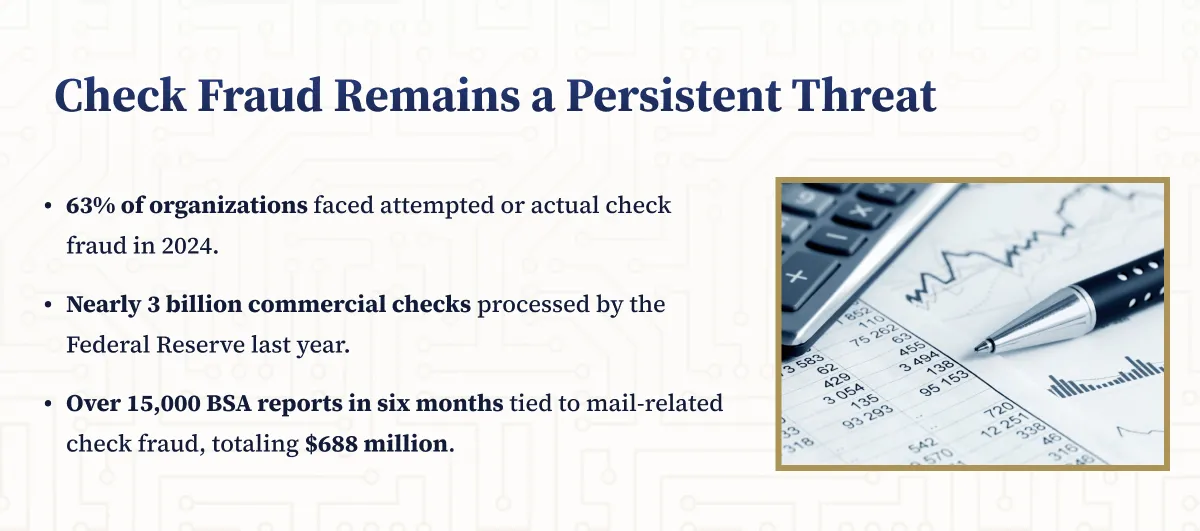
Mail-related check fraud and counterfeit instrument scams are particularly problematic, with FinCEN reporting over 15,000 Bank Secrecy Act reports involving mail-related check fraud in just six months of 2023, totaling more than $688 million in transactions.
Counterfeit Instrument Scams: Understanding and Mitigating the Risks
How Counterfeit Instrument Scams Work
Criminals exploit the regulatory framework that requires banks to make funds from certain “safe” instruments (like cashier’s checks and money orders) available quickly, even before the checks have fully cleared. Fraudsters create convincing counterfeit checks, tricking victims into depositing them and then wiring a portion of the funds back to the scammer. When the check is eventually returned as counterfeit, the victim is left responsible for the loss.
Common Types of Counterfeit Instrument Scams
Financial institutions and their customers should be aware of several prevalent scam types:
- Job/Task Scams: Victims are promised commissions for online tasks but must first deposit a check and wire funds.
- Car Wrap Scams: Individuals are paid to advertise on their vehicles, receiving a counterfeit check and instructions to wire money to a supposed service provider.
- Mystery Shopper Scams: Victims are sent a cashier’s check, asked to shop and wire funds, and keep the remainder.
- Online Transaction Scams: Sellers receive a check for more than the sale price and are asked to wire the difference back to the buyer.
Businesses, including law firms, are increasingly targeted by similar schemes, often involving counterfeit checks for debt collection or other services.
Risk Mitigation Strategies for Counterfeit Instrument Scams
Financial institutions can take several steps to reduce exposure to counterfeit instrument scams. These include leveraging regulatory exceptions, educating both customers and employees, and verifying suspicious instruments.
- Exception Holds: Regulation CC allows banks to extend hold periods when there is reasonable cause to believe a check is uncollectible. Written notice must be provided to the depositor, explaining the reason and the new availability timeline.
- Customer Education: Proactive communication about the risks of accepting checks from unknown parties is essential. Tellers should be trained to discuss these risks, and advisories should be posted in branches and online.
- Employee Training: Staff should be able to recognize physical signs of counterfeit checks and be alert to suspicious wire transfer requests, especially those involving next-day availability instruments and unfamiliar parties.
- Verification Tools: Use official resources to verify Treasury checks and postal money orders, and encourage customers to do the same.
Mail-Related Check Fraud: Trends and Prevention
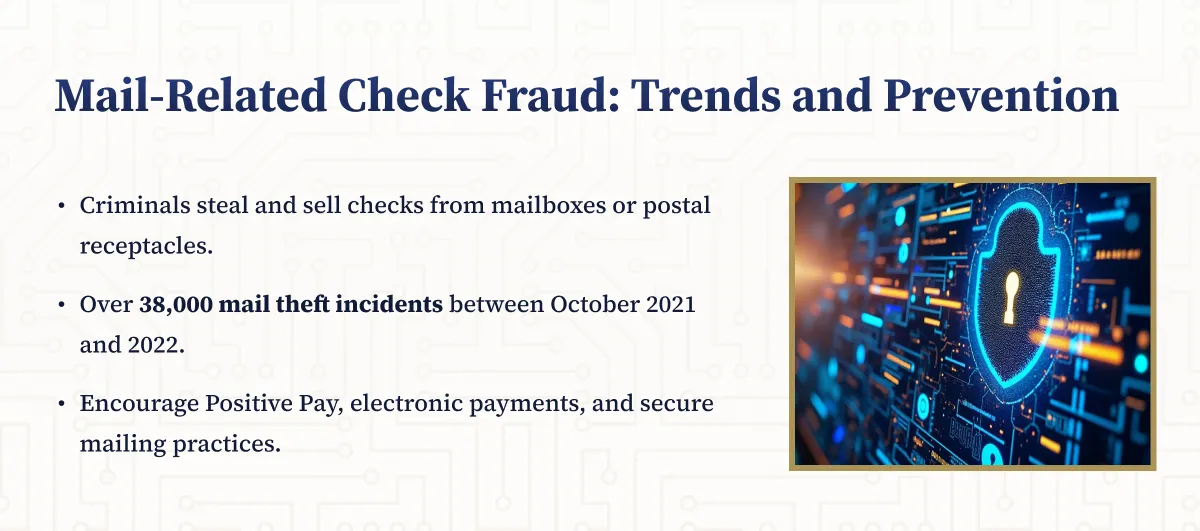
How Mail-Related Check Fraud Occurs
Mail-related check fraud typically involves criminals stealing checks from mailboxes or postal receptacles. Stolen checks may be altered, counterfeited, or sold on the dark web. The U.S. Postal Inspection Service reported a dramatic increase in mail theft incidents, with over 38,000 cases between October 2021 and October 2022, and more than 25,000 in the first half of fiscal 2023.
The consequences are far-reaching, as criminals use stolen checks to drain accounts, create counterfeit checks, or perpetrate additional fraud.
Effective Controls Against Mail-Related Check Fraud
Institutions can help customers and businesses protect themselves by promoting best practices and offering fraud prevention services.
- Positive Pay: This service matches checks presented for payment against a list provided by the business, flagging suspicious items for review before clearing.
- Electronic Payments: Encourage the use of electronic payment methods to reduce reliance on paper checks.
- Check Security Features: Advise customers to use checks with security features, write in nonerasable ink, and fill out checks completely.
- Mail Security: Recommend taking checks directly to the post office and retrieving mail promptly after delivery.
Confidence Scams: Protecting Customers from Social Engineering
What Are Confidence Scams?
Confidence scams, also known as relationship or trust scams, involve fraudsters building relationships with victims to gain access to their financial assets. These scams are increasingly sophisticated, leveraging technology such as deepfake media and cryptocurrency to mask the movement of stolen funds.
The FTC received over 2.5 million reports of consumer fraud in 2023, with imposter and confidence scams accounting for more than 853,000 incidents and $2.7 billion in losses. The FBI’s Internet Crime Complaint Center reported $12.5 billion in total losses for 2023, with investment scams being the most costly.
Stages and Types of Confidence Scams
Confidence scams typically unfold in three stages: building trust, gaining control and liquidating assets, and desertion. Scammers may use information from social media, public records, or the dark web to tailor their approach.
- Charity, Lottery, and Sweepstakes Scams: Victims are told they have won a prize and must provide personal information or payment to claim it.
- Cryptocurrency Scams: Scammers use digital currencies for payment, often in “pig butchering” schemes linked to romance or investment fraud.
- Elder Financial Exploitation: Fraudsters pose as relatives in need of financial help.
- Impersonation Scams: Criminals claim to represent government agencies or financial institutions to steal credentials.
- Online Shopping and Tech Support Scams: Victims are tricked into providing payment information or access to their devices.
Action Steps for Community Banks
Community banks play a vital role in preventing and responding to confidence scams. Effective governance, staff training, and customer education are key.
- Governance: Ensure board and senior management oversight of fraud detection and response.
- Monitoring: Equip systems to detect unusual account activity and file SARs as needed.
- Staff Training: Train frontline staff to recognize red flags and escalate concerns appropriately.
- Customer Education: Provide resources to help customers identify scams and report suspicious activity promptly.
Regulatory Developments: Agencies Seek Input on Payment Fraud
Federal Agencies Request Comments on Fraud Mitigation
In June 2025, the FDIC, Federal Reserve Board, and OCC issued a request for information on ways to address the sharp rise in check and payment fraud. The agencies are seeking input on collaboration, education, regulation, data sharing, and the role of the Federal Reserve Banks in supporting fraud mitigation.
Key questions include how to improve stakeholder collaboration, enhance consumer and business education, update regulations, and leverage technology for fraud detection and prevention. The agencies are also considering amendments to Regulation CC to balance funds availability with fraud risk.
Cybersecurity Resources for Community Banks
Essential Tools and Guidance for Managing Cyber Risk
With cyber threats growing in volume and sophistication, community banks must stay informed and prepared. The Consumer Compliance Outlook highlights several resources:
- FFIEC: Offers cybersecurity awareness resources, assessment tools, and guidance on cloud security.
- U.S. Treasury’s Project Fortress: Focuses on public-private information sharing to secure the financial sector.
- CISA: Provides free cybersecurity services, tools, and performance goals.
- NIST and CIS: Offer frameworks and controls for managing cybersecurity risks.
- Federal Reserve Supervision Letters: Address policy and procedural matters related to IT, cybersecurity, and operational resilience.
Community banks should leverage these resources to strengthen their cybersecurity posture and ensure compliance with evolving regulatory expectations.
Regulatory Calendar: Key Dates and Changes for 2025
Upcoming and Recent Regulatory Changes
Compliance professionals should be aware of several important regulatory updates, including new rules on fair lending, appraisal standards, and funds availability. The regulatory calendar in the Consumer Compliance Outlook provides a detailed timeline of effective and proposed rules, as well as rules under review or litigation. Below are the stated Rules under Review:
Partner with NETBankAudit for Expert Compliance and Fraud Risk Management
As fraud risks and regulatory expectations continue to evolve, financial institutions need a trusted partner to navigate the complexities of consumer compliance. NETBankAudit offers industry-leading audit and consulting services, specializing in fraud risk management, BSA/AML, cybersecurity, and regulatory compliance. Our team brings over 25 years of experience, a deep understanding of the latest fraud trends, and a commitment to helping your institution stay ahead of emerging threats.
Contact NETBankAudit today to learn how we can help you strengthen your fraud controls, enhance your compliance program, and protect your customers and your reputation.
%201%20(1).svg)
%201.svg)
.avif)

.svg)
.webp)
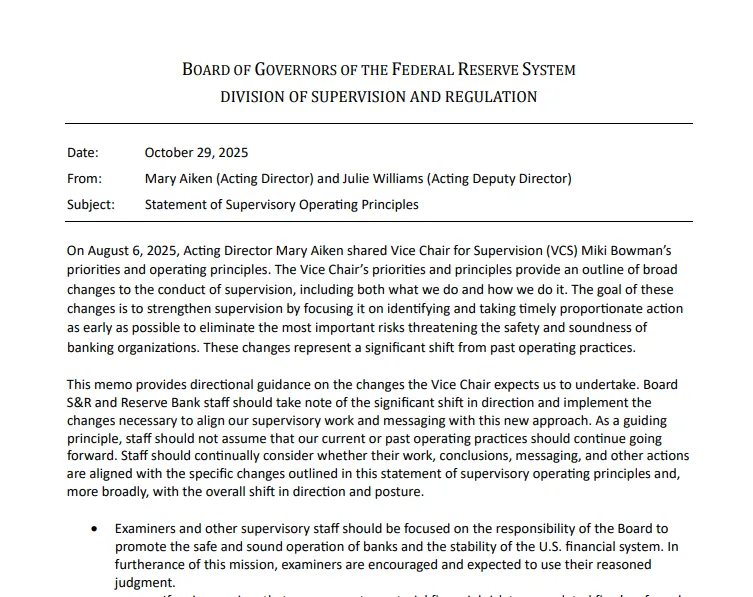
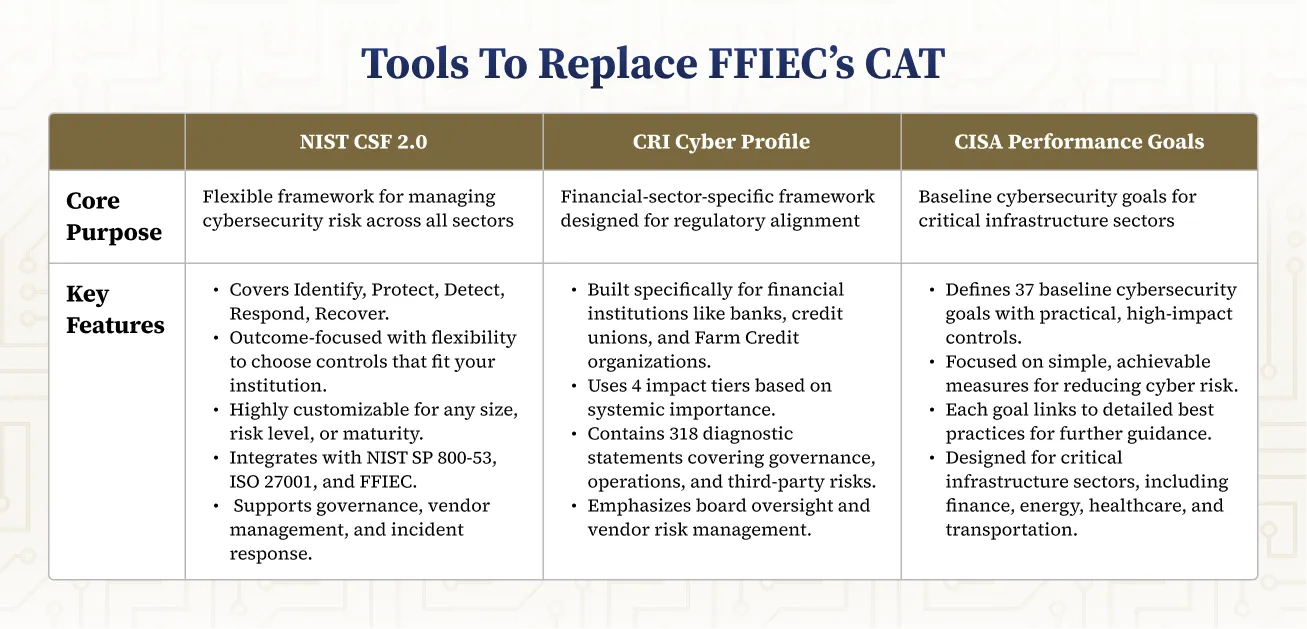
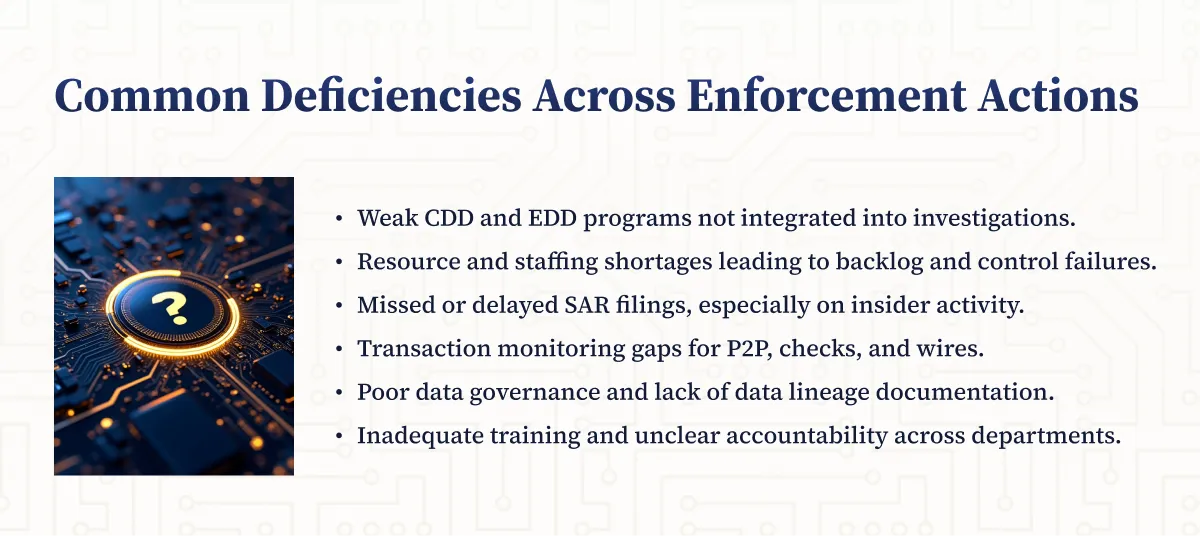
.webp)
.png)
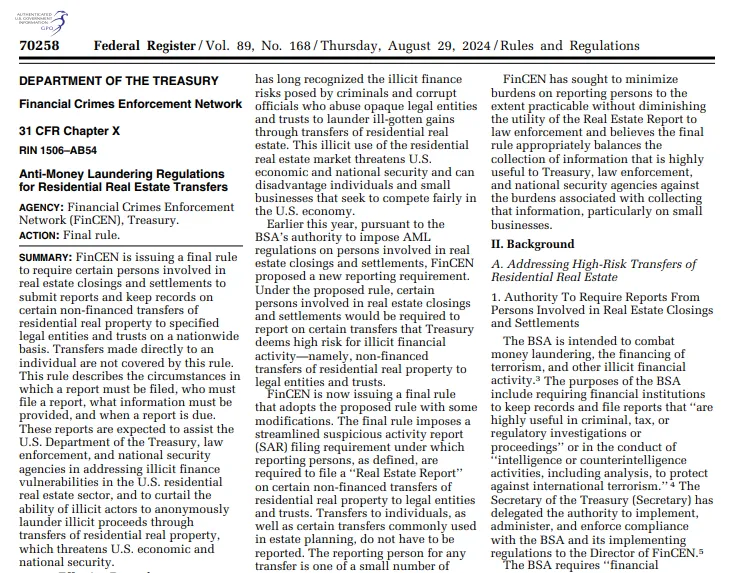
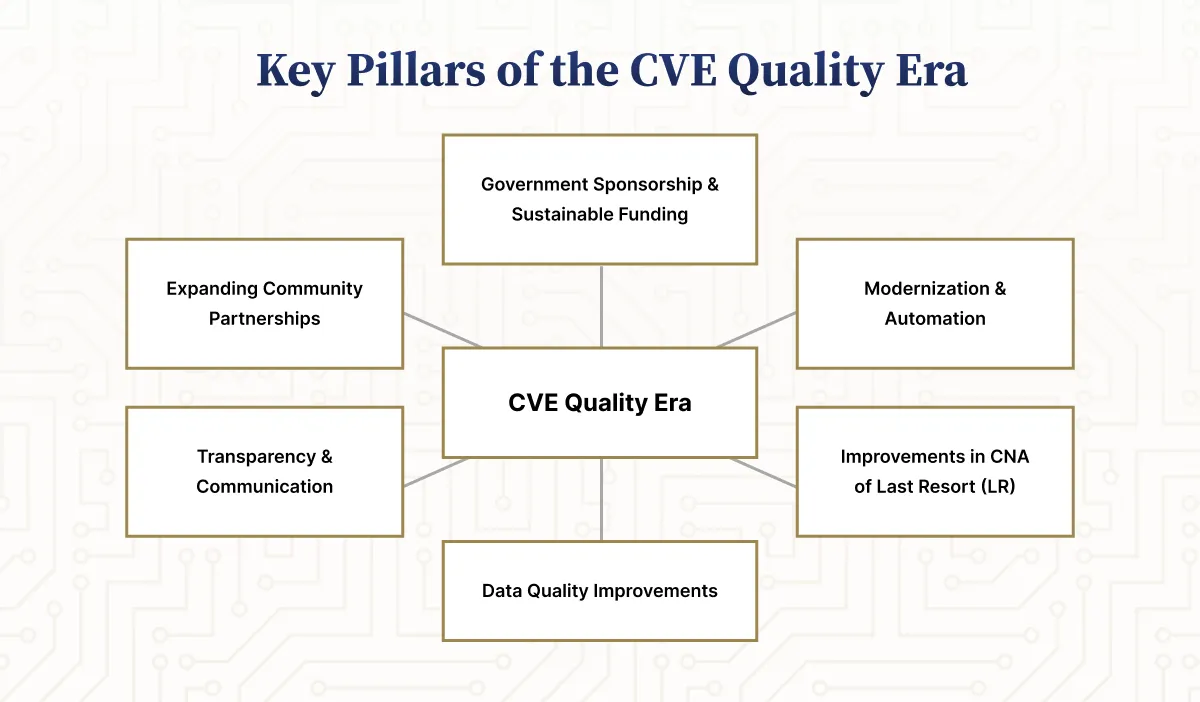
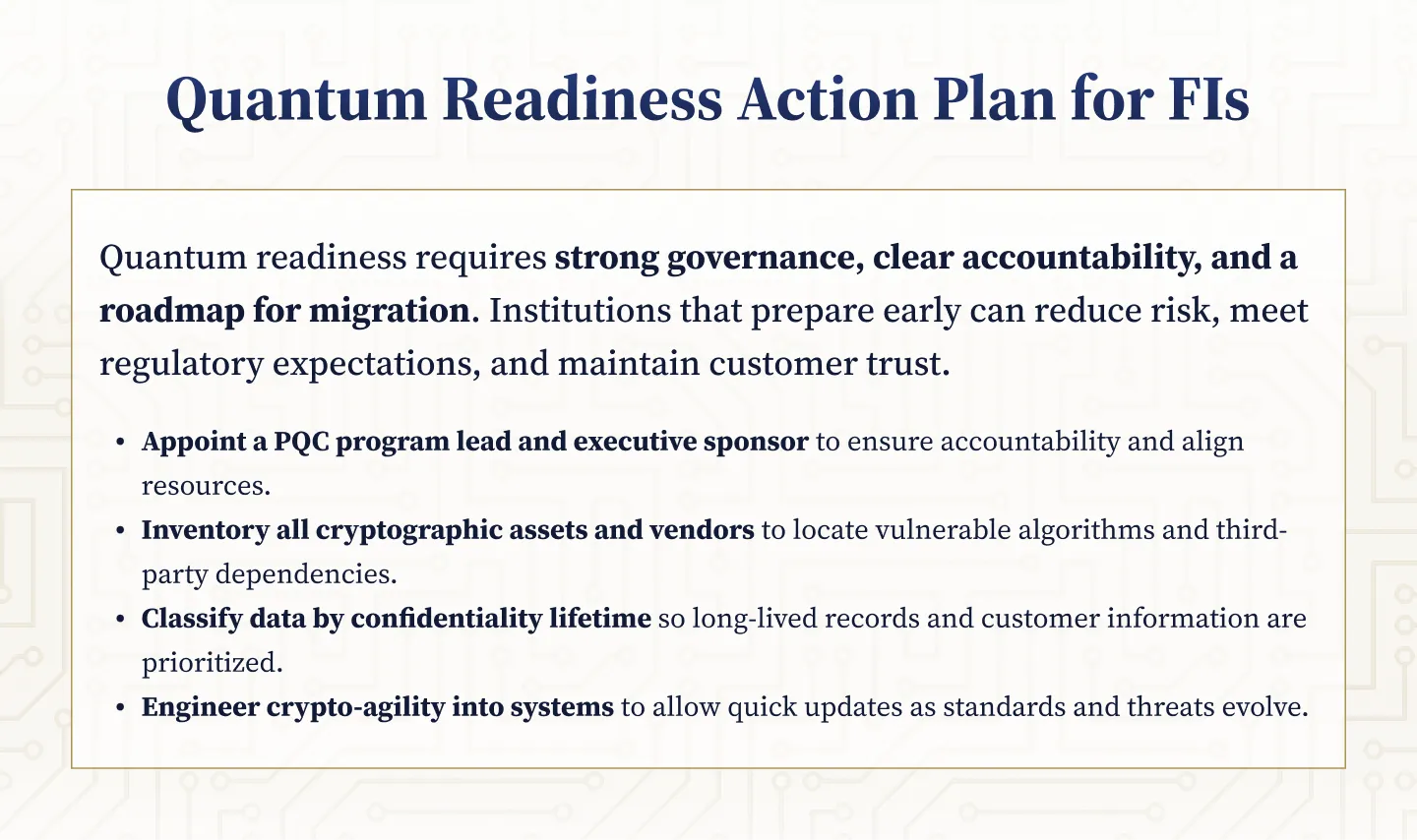
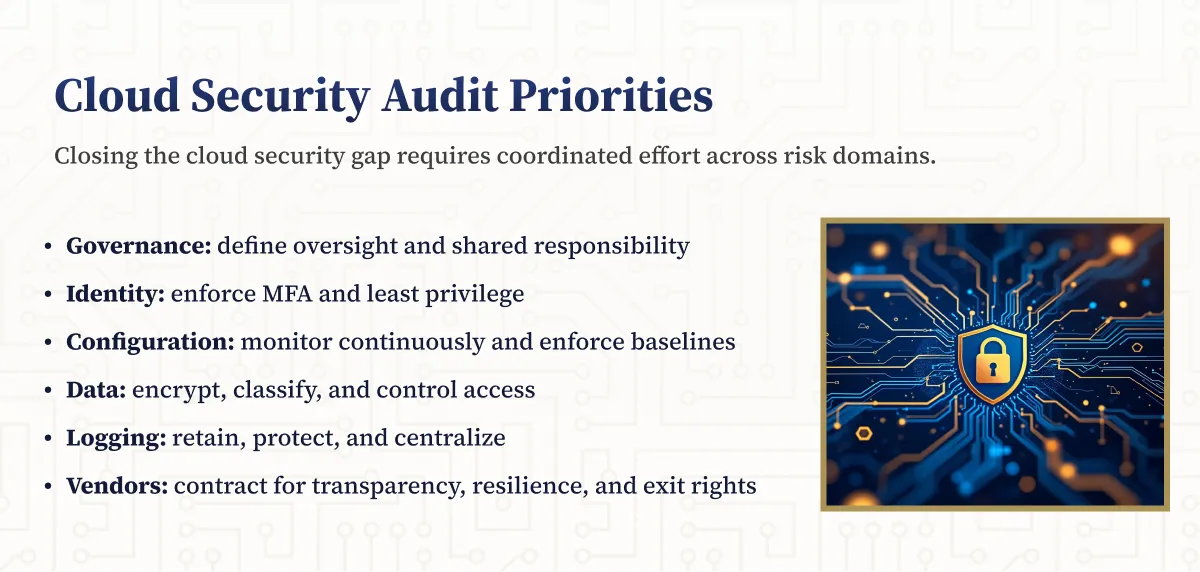
.webp)

.webp)
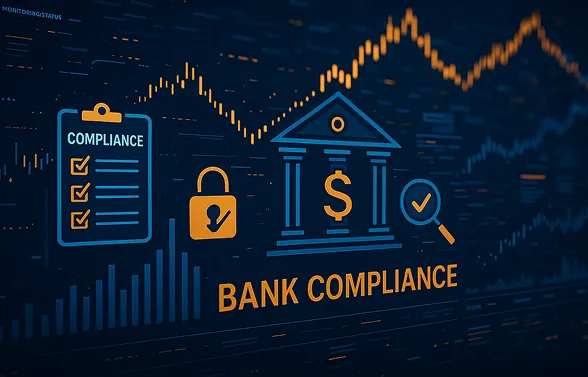

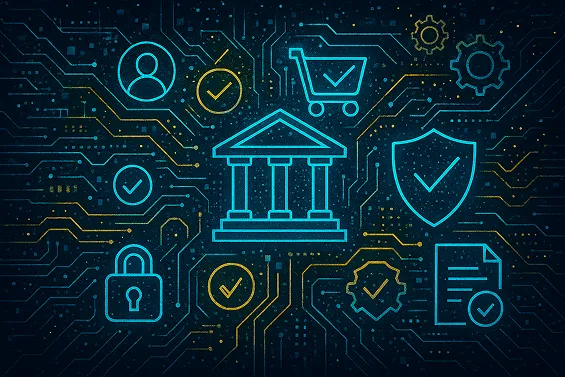








.webp)



.webp)

%201.webp)
.webp)
%20(3).webp)


.webp)


%20Works.webp)

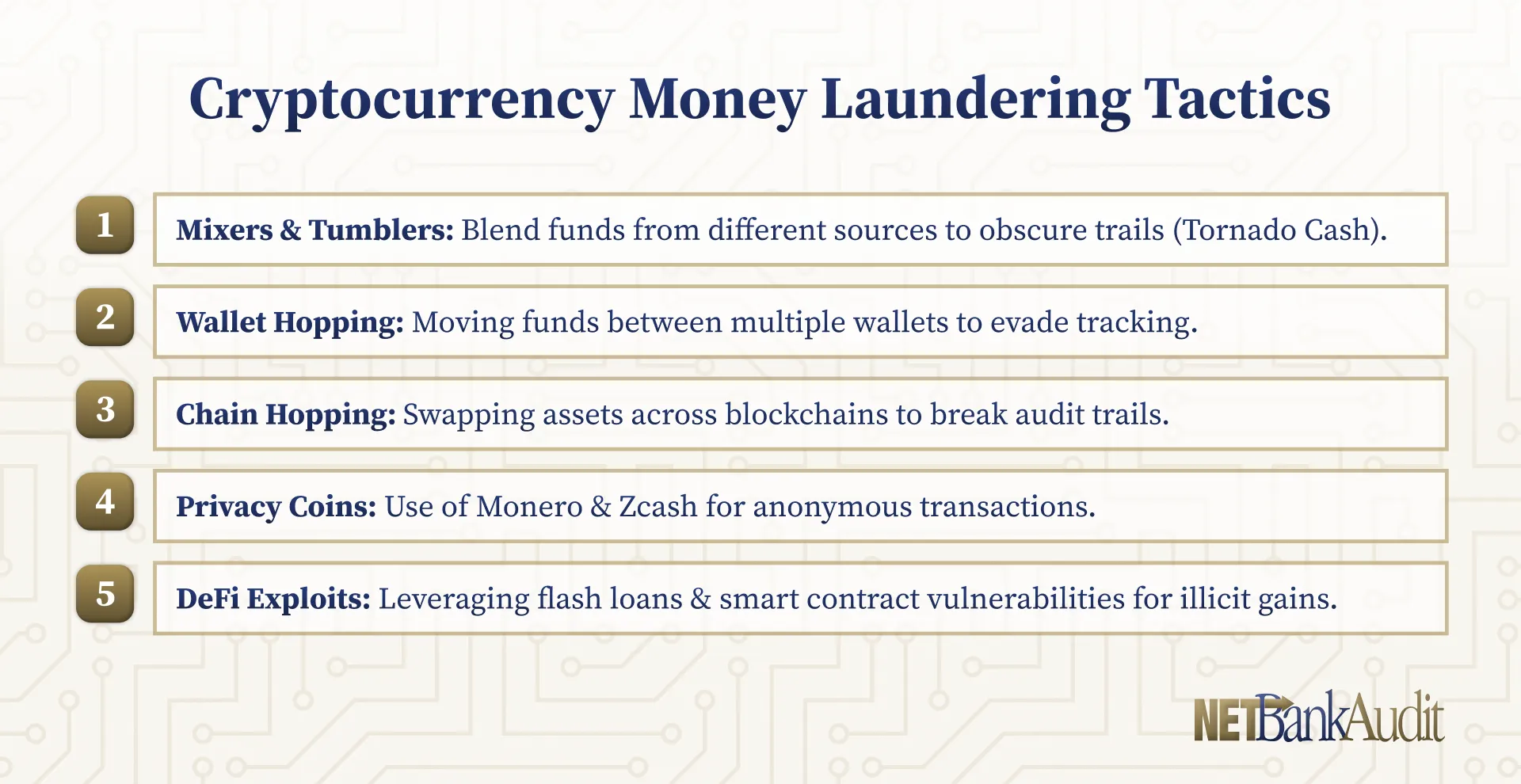
.webp)




.webp)
%20(1).webp)

.webp)










.webp)
.webp)

.webp)
.webp)
.webp)
.webp)
.webp)
.webp)
%201.svg)